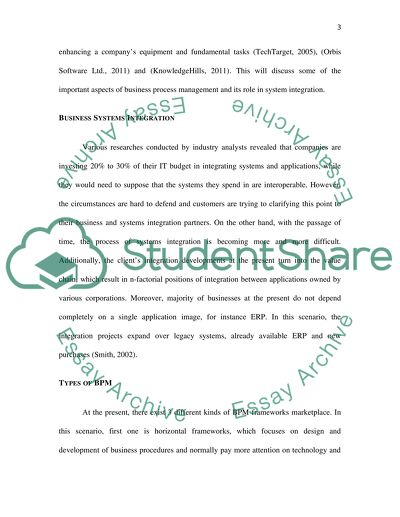Cite this document
(“Business Process Management in Systems Integration Literature review”, n.d.)
Retrieved from https://studentshare.org/information-technology/1430648-business-process-management-in-systems-integration
Retrieved from https://studentshare.org/information-technology/1430648-business-process-management-in-systems-integration
(Business Process Management in Systems Integration Literature Review)
https://studentshare.org/information-technology/1430648-business-process-management-in-systems-integration.
https://studentshare.org/information-technology/1430648-business-process-management-in-systems-integration.
“Business Process Management in Systems Integration Literature Review”, n.d. https://studentshare.org/information-technology/1430648-business-process-management-in-systems-integration.


